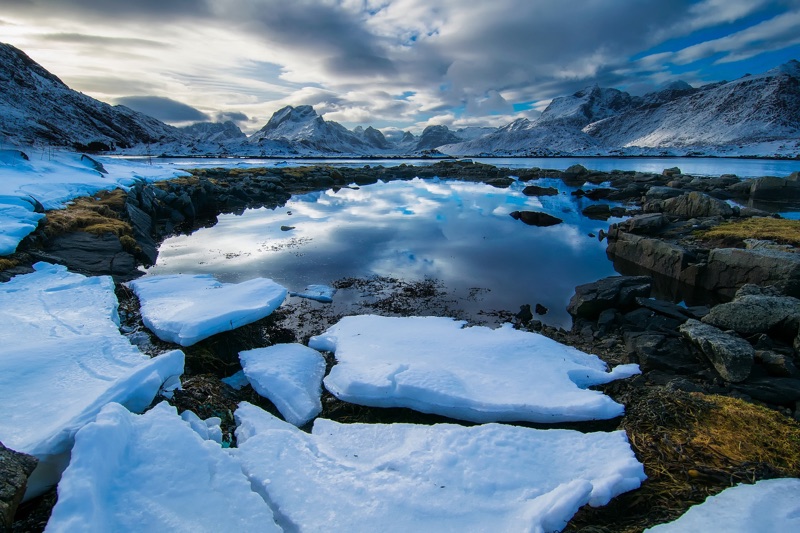Introduction
It wasn’t that long ago that water and foodborne illnesses (the leading causes of death) kept the average life expectancy to under fifty years. In fact, for the vast majority of human history, pestilence caused by poor sanitary practices was the leading cause of death across the globe. Massive outbreaks of influenza, pneumonia, smallpox, and malaria were so influential that they sparked their own cultural movements. The effects of the bubonic plague of the 1300s, for example, could be seen in the dark and often grotesque artwork of the time.


Some of the most important steps towards conquering these illnesses took place in the the 1800s, with the recognition of how diseases spread, and how public space can be altered to reduce mortality rates. In this blog post I will go over both topics:
John Snow and the London Cholera Outbreak
In August of 1854, a London neighborhood was hit especially hard by a cholera outbreak. Dr. John Snow, who had been studying how diseases propagate, refused to believe in the leading theories that malicious spirits and “foul air” were the root cause. To prove himself, he painstakingly documented all the cases of cholera in the neighborhood and plotted them on the map shown below:

What the map demonstrated was that everyone who contracted the illness came into contact with the Broad Street water pump in some way, giving him reason to believe that cholera spread through contaminated water. Although initially rejected, Snow’s theory was proven true when further interviews revealed that a lady washing her sick newborn’s diapers in the water pump coincided perfectly with the beginning of the outbreak.
In the coming years, as the scientific community accepted Snow’s hypothesis, the city of London hired civil engineer Joseph Bazalgette (shown below) to work on a unified sewage system that diverted contaminated water and redirected it to a treatment facility, instead of allowing it to mingle with the clean water supply. 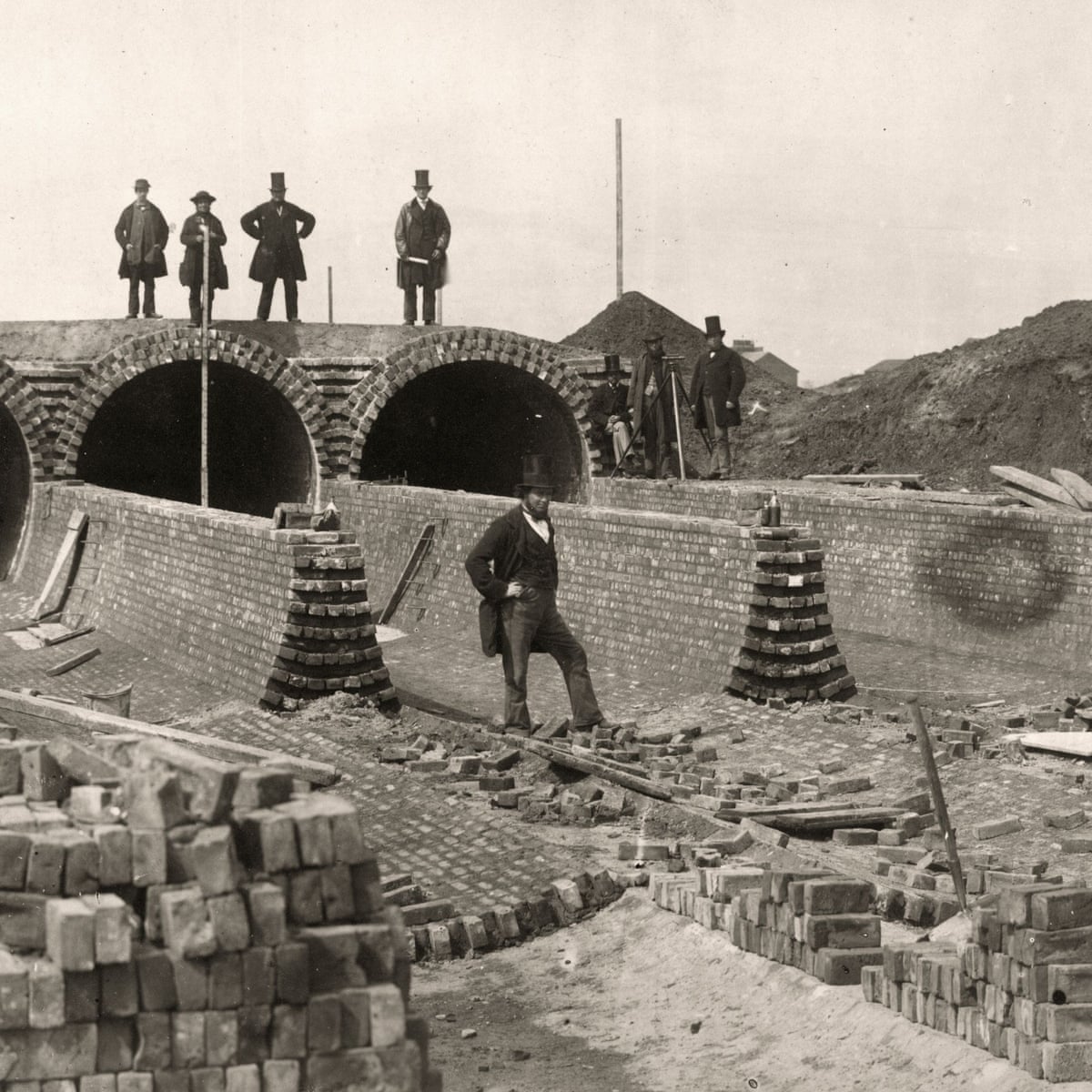
Chicago: Raising an Entire City
The same time London hired Bazalgette, Chicago also embarked on their sanitation journey. After losing about five percent of their population in 1854, the city decided to modernize their sewage system as well. But unlike London, Chicago was built on marsh-like land right next to Lake Michigan, meaning that they could not just dig deeper into the ground to expand their plumbing.
As a result, city planners and engineers embarked on the ambitious goal of raising the entire city fourteen feet off the ground to make room for pipes and canals. Over the course of twenty years, the city used hydraulic devices, jackscrews, and elbow grease to lift all the buildings off the ground or move them to the outskirts of town.


At the end of it all, Chicago had one of the best designed and clean cities not just in America, but the world.


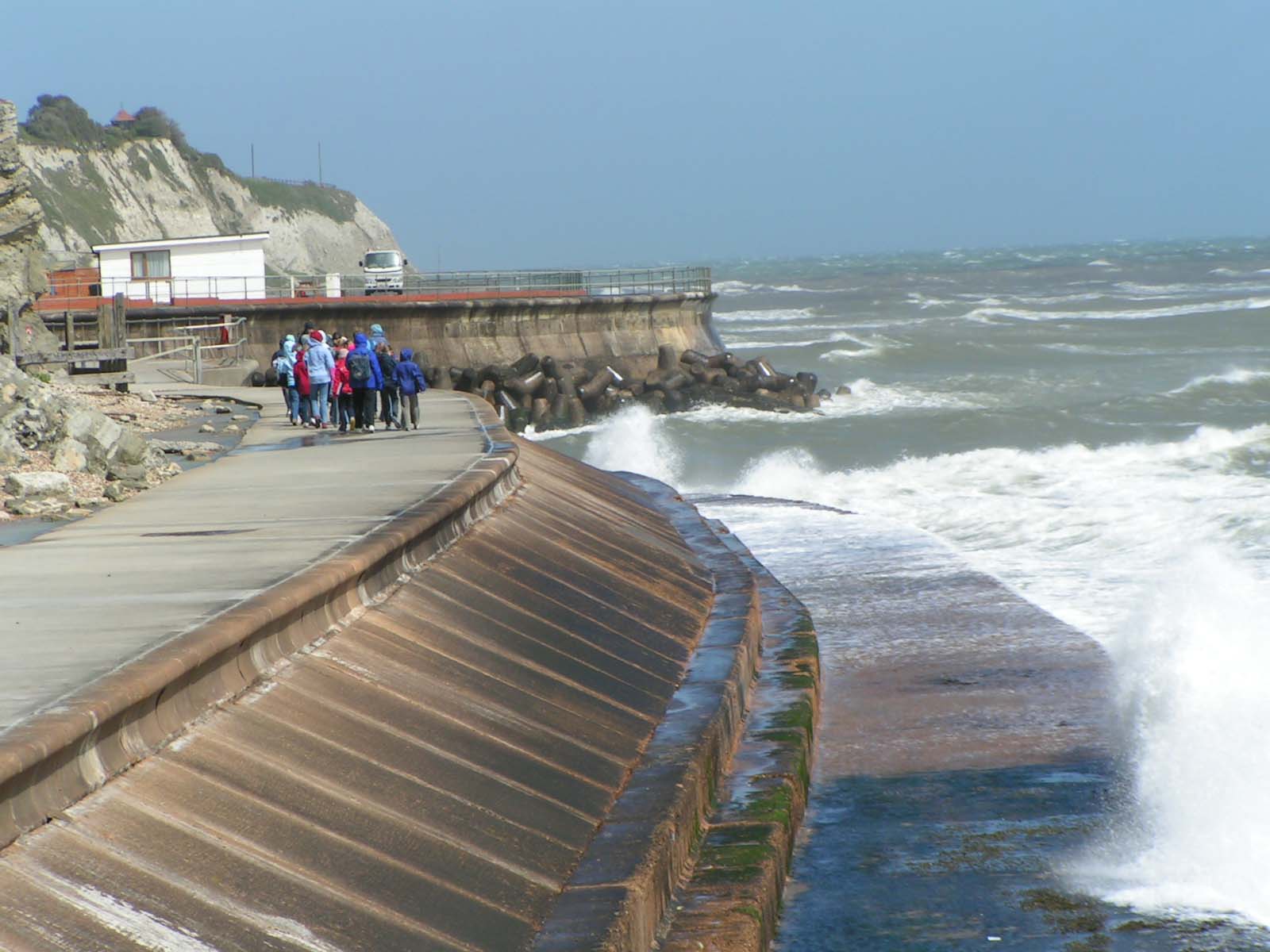

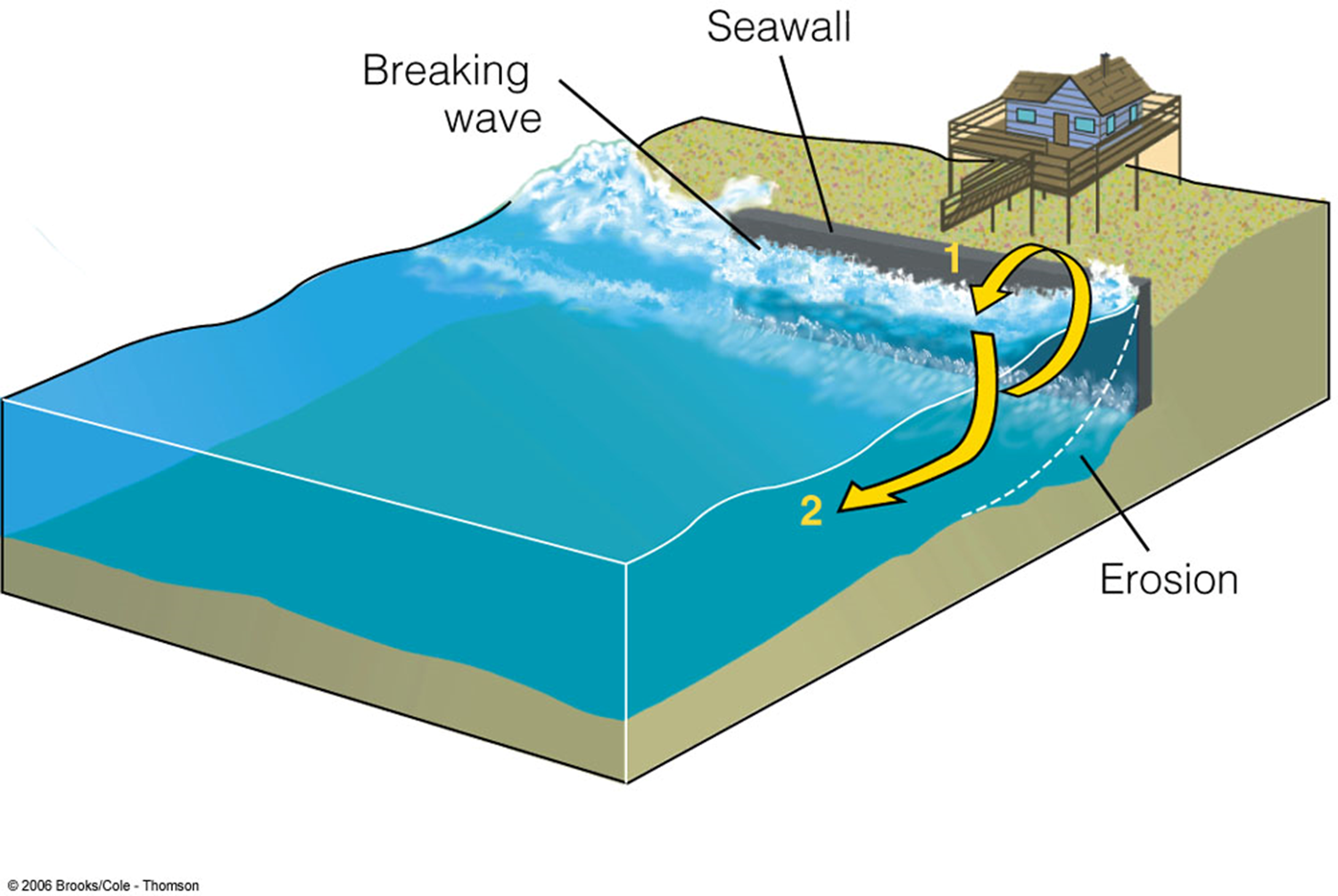





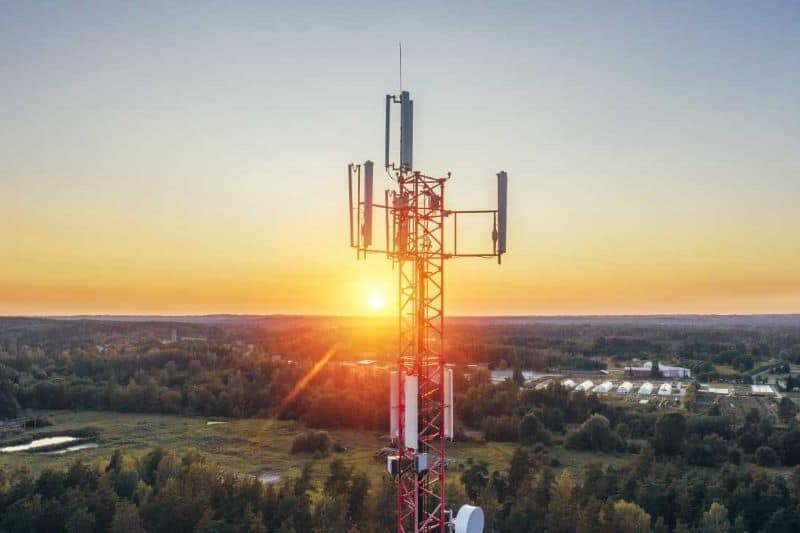
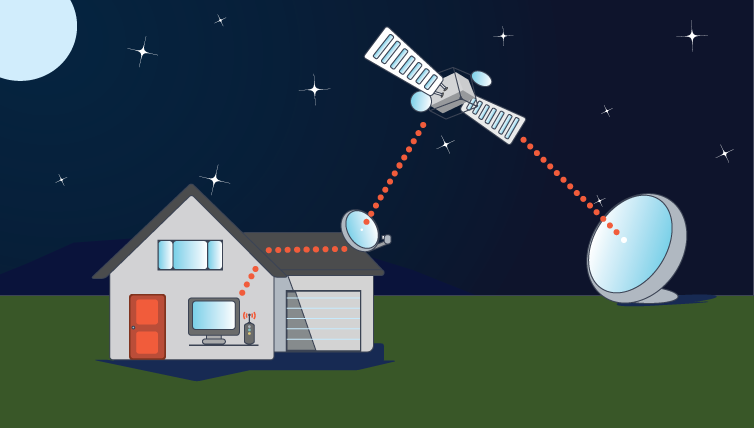


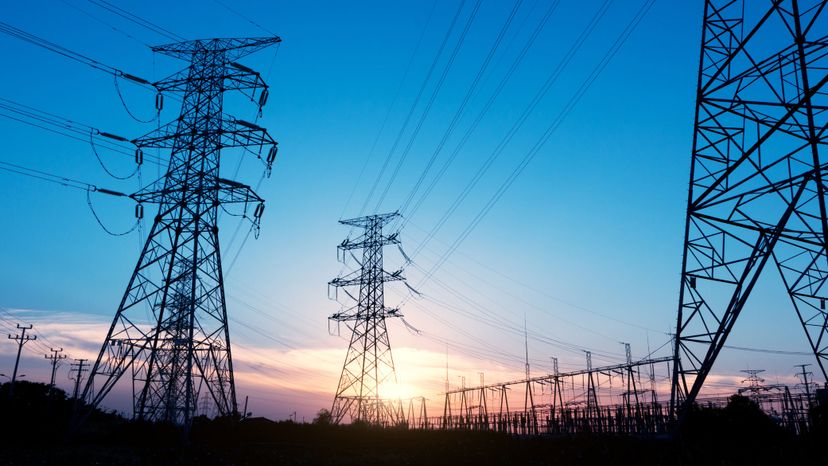

/https://static.texastribune.org/media/files/a9fe2ede8d7b8ef17838d76263153490/HTX%20Winter%20Storm%20MYL%20TT%2015.jpg)

